Hi-tech innovations to help lift athlete performance at Paris 2024 Olympic Games
And the winner is.... technology. Here are some of the innovations that will help athletes achieve their 2024 Olympic dreams.
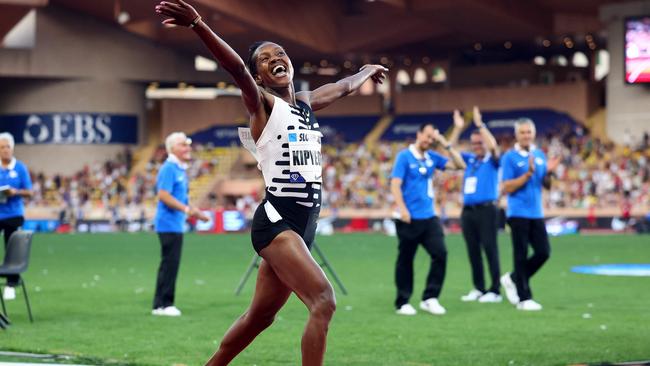
World Athletics chairman Sebastian Coe only has to look at the shoes his daughter Maddy is wearing during a shopping trip to highlight how technology has revolutionised track and field and triathlon.
At the Paris Olympics in 2024, runners will be donning the latest hi-tech shoes, incorporating a stiff foam that reduces leg fatigue and provides a performance “bounce”.
Times in middle and long-distance events have reduced in the past few years since the advent of these shoes, including those with a thin plate that the manufacturers claim can have a 3 per cent overall benefit.
In the call rooms before major athletic championships, officials scrutinise athletes’ shoes. Under World Athletics rules, random shoes are collected from the athletes and cut up to make sure there is no secret hidden plate which could provide performance benefits. The shoes athletes wear must be chosen from styles and technology available to everyone.
Coe, the former world record holder from the 800m to the mile and two-time Olympic gold 1500m medallist told The Australian: “I haven’t put the [new generation] shoes on. I don’t think it will be enough to get me running 1min41sec again [his 800m world record set back in 1981].
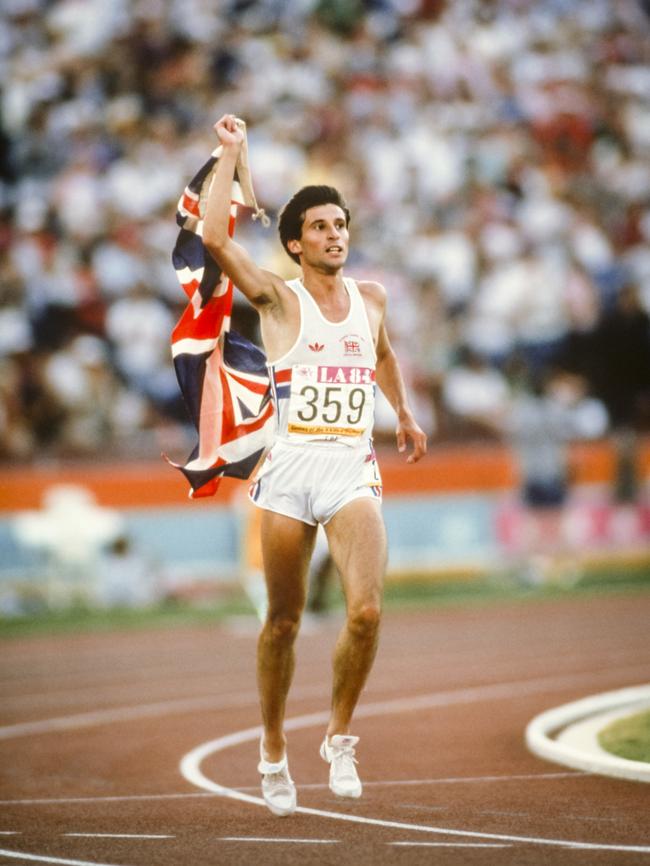
“I am wearing training shoes as leisure wear, and my youngest daughter is wearing shoes similar to what I would run 50 miles a week in. People now walk the dog in those shoes.’’
We have seen shoes, track surfaces, lane ropes, swimsuits, and other equipment making crucial differences between a great performance and a world-beating one at the Olympic Games. And then that technology filters down to community-level participants.
Of late, faster running times have been attributed not only to shoes, but also to wave lights, a series of green lights that illuminate the inside of the track if athletes are on world record pace. This particular technology is unlikely to be approved by Olympic bosses in time for Paris 2024. But by the time of the Brisbane 2032 Olympics, the wave lights are likely to be a common occurrence, including at state and national level competitions.
Kenya’s Faith Kipyegon, the current world record holder and world champion in the 1500m and 5000m said she would like to see more of the lights. “It gives you an incentive,” she said.
In swimming, broadcasters show how close a swimmer is to a world record by superimposing a line on the television feed.
But swimmers, from the elite and school-age competitors — at least in training — can gauge their speed during workouts by wearing swim goggles that display stroke rates, split times and pacing using tiny motion sensors.
The full-length polyurethane swim body shirts that produced world leading times from around the era of the Sydney Olympics and through to early 2010 have been banned, but the concept of competing in allowable suits with high levels of compression to reduce drag and aid buoyancy continues.
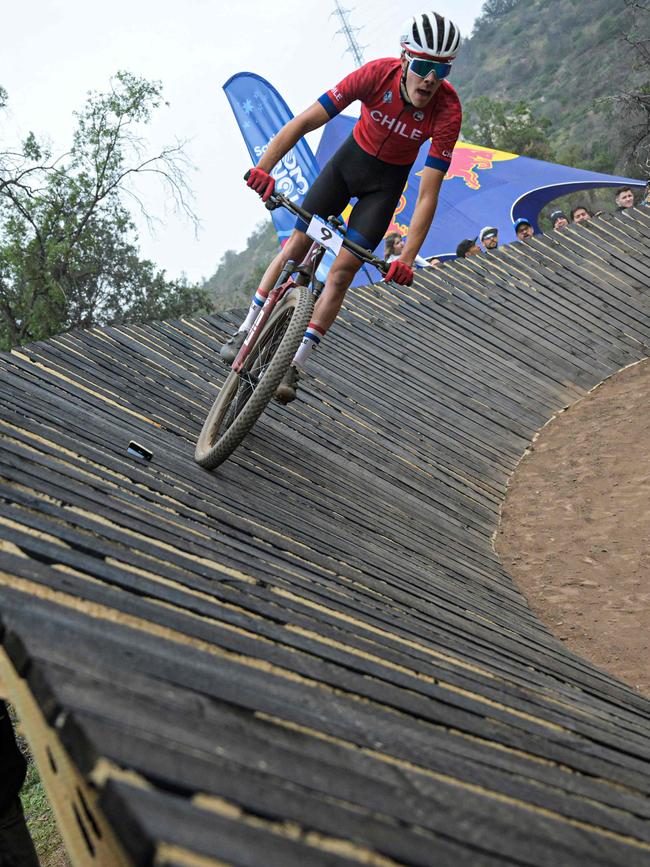
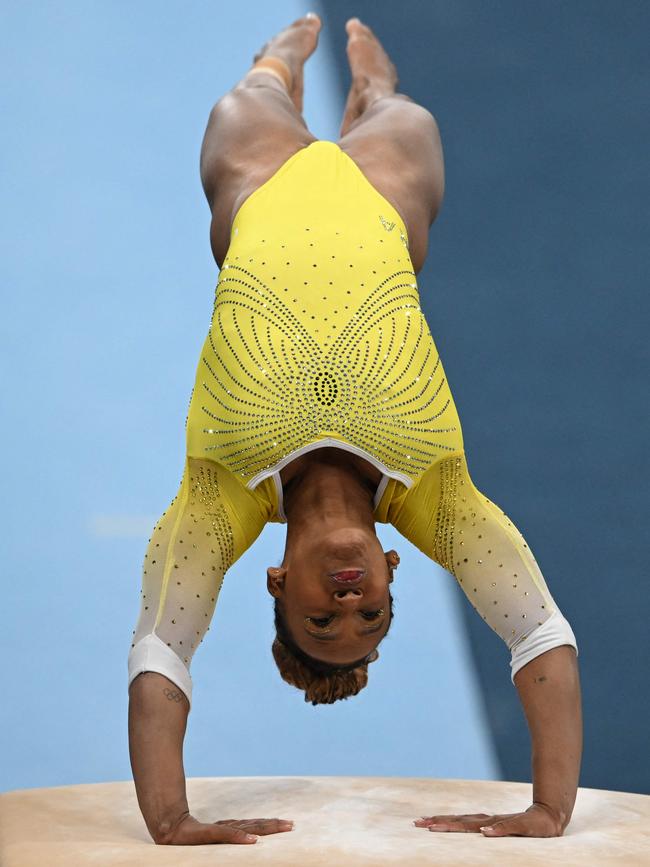
Swimmers can take 20 minutes getting into their swimsuits because they are so tight. They will wear sleek racing goggles and tight caps to help streamline the shape of the body in the water, which cuts drag.
For decades cycling has led the way in revolutionising equipment to be as lightweight, aerodynamic and fast as possible. Dropped handle bars, clipless pedals, titanium and carbon-fibre frames are now de rigueur at any level of cycling competition.
But in Paris next year there will be some radical bicycle frames that challenge past thinking. Some teams will arrive with wide-ribbed forks which disrupt the air before it hits the cyclists’ legs; and others will use wider tubeless tyres riding at a much lower pressure than the usual 14 bars of pressure inside the tubed tyres.
“The big developments we will see in Paris have to do with the frames,’’ said one cycling insider.
“There could be some quite different designs from what we are used to seeing.’’
In mountain biking, the riders no longer have to calibrate their weight and terrain for suspension levels. A computer can now automatically calculate, and adjust the suspension mid-ride so that they get the best support for the ever-changing conditions.
Technology used in space has been adapted for sport, with satellites used to track the position of surfers in the water during competitions. Artificial intelligence sensors in stadiums can already track football players to trigger alerts when off-side and a robotic umpire using radar can adjudicate the strike zone in baseball.
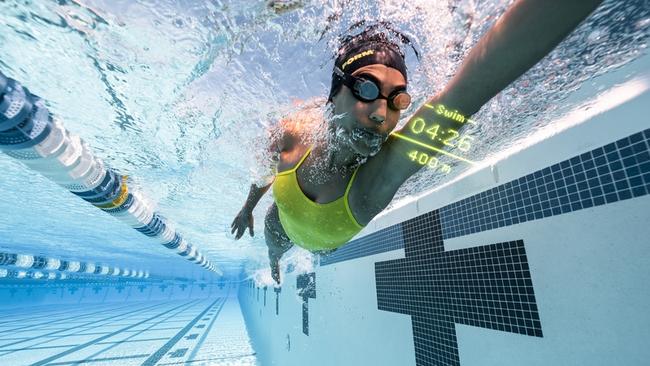
In some sports the technology is worn, while in others, the sensors are in the equipment. At the Olympic Games fencing competition small sensors are contained within the florets and swords so that a hit is accurately recorded.
In gymnastics 3-D sensors with laser scanners can record millions of images a second of the performance, without the need for any technology being worn, to help judges look at the speed and accuracy of the execution of a particular movement. The technology has been trialled in Japan and at the world championships and is anticipated to be used at the Paris Games during judging disputes.




To join the conversation, please log in. Don't have an account? Register
Join the conversation, you are commenting as Logout